Related Research Articles
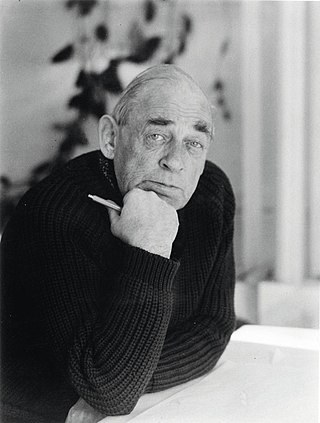
Hugo Alvar Henrik Aalto was a Finnish architect and designer. His work includes architecture, furniture, textiles and glassware, as well as sculptures and paintings. He never regarded himself as an artist, seeing painting and sculpture as "branches of the tree whose trunk is architecture." Aalto's early career ran in parallel with the rapid economic growth and industrialization of Finland during the first half of the 20th century. Many of his clients were industrialists, among them the Ahlström-Gullichsen family, who became his patrons. The span of his career, from the 1920s to the 1970s, is reflected in the styles of his work, ranging from Nordic Classicism of the early work, to a rational International Style Modernism during the 1930s to a more organic modernist style from the 1940s onwards.
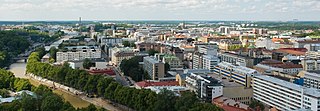
Turku is a city in Finland and the regional capital of Southwest Finland. It is located on the southwestern coast of the country at the mouth of the River Aura. The population of Turku is approximately 205,000, while the metropolitan area has a population of approximately 314,000. It is the 6th most populous municipality in Finland, and the third most populous urban area in the country after Helsinki and Tampere.
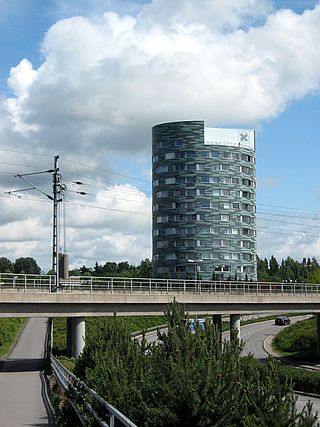
Turku Student Village is the largest single student housing complex in Finland. It houses nearly 3,500 residents in 95 three-storied tenements. The Student Village is located in the district of Nummi near the city centre of Turku. It is in the immediate proximity of the University of Turku, Åbo Akademi University and the Turku School of Economics and Business Administration.

Varissuo is a district and the largest suburb of the city of Turku, in Finland. It is located seven kilometres to the east of the city centre, and is the easternmost major suburb of Turku, bordering on the neighbouring city of Kaarina. Varissuo has 9,000 inhabitants, the majority of whom are foreign immigrants. It is thus the second largest district of Turku, after Runosmäki. The name consists of the words varis, meaning 'crow' and suo, meaning 'marsh'.

Littoinen is a village in south-western Finland, centred on Lake Littoinen. The village is shared between the town of Kaarina and the municipality of Lieto, and it borders the regional centre of Turku. It started growing after the founding of a broadcloth factory by Lake Littoinen in 1739, and the railway connection built in 1899 increased its growth. In the 1960s the operations of the broadcloth factory were discontinued due to decreased demand, but the premises still exist and have been transformed into residential and commercial spaces. The factory's heritage is still visible in the village's place and street names.
Turku International School is an international school in Turku, Finland, located in the eastern district of Varissuo. It was established in August 2003, and is maintained by the City of Turku. Notably it doesn't have its own faculty, but teaching is undertaken by the University's teacher training school. The official language of the school is English. Around half the 200 students are of foreign nationality.

Kupittaa is a district in Turku, Finland. It is located on the eastern side of the city's centre, around the Kupittaa Park, the first landscaped park in a Finnish city. The district serves as a centre for recreation and business. Turku has recently planned a residential area for 750 residents on the premises of a former HKScan sausage factory.
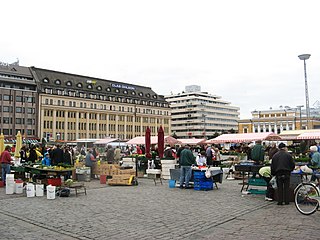
The Market Square is a city square in the city of Turku, in Finland. It is located in the city's VI District, and is generally considered the city's central square. It hosts a lively market on weekdays, and there are several cafés and restaurants on the square.

Vartiovuori Observatory is a former observatory in Turku, Finland. The observatory, designed by Carl Ludvig Engel, was originally built for the Royal Academy of Turku. The neoclassical building was completed in 1819. The observatory is situated atop the Vartiovuori hill, and it is clearly visible from different sides of the city centre.

Turku Cemetery is a cemetery inaugurated in 1807 and located in Vasaramäki on the south-eastern outskirts of the city of Turku.

Puutori is a market square in the city centre of Turku, Finland. It measures at approximately 100 by 40 metres. It is bordered by Aninkaistenkatu/Aningaisgatan, Maariankatu/Mariegatan, Brahenkatu/Brahegatan and Sibeliuksenkatu/Sibeliusgatan. Today, it has no regular market square activity but Puutorin puolesta ry organises different events there each year. Located at one end of the square are Ystävyydenpuisto and Wäinö Aaltonen's statue Kun ystävyyssuhteet solmitaan, which was designed in 1955 in honour of the friendship between Turku and Göteborg. There are also small cafés and shops surrounding Puutori, as well as a pet store.

The Old Great Square is a medieval market square located in the city centre of Turku, Finland. It is located in the II District in very close proximity to Turku Cathedral. The area was the administrative and commercial centre of Turku since the founding of the city in the 13th century up until the Great Fire of Turku.

Lilja is a red granite sculpture by Wäinö Aaltonen, located in Turku, Finland. It is located in Runeberginpuisto near the Aurasilta. It depicts the lily, the flower of the Turku coat of arms. In 1927, the statue was the first public art commission in Turku.

The Statue of Friendship Between Leningrad and Turku is a statue located in Puolalanpuisto park in Turku, Finland. It was erected 1967-1968 and revealed on May 19, 1969. The statue was erected in honour of the 15th town twinning anniversary between Turku and Leningrad.

The Blue and White Front was an ultranationalist political party in Finland which was founded in 2009 and dissolved in 2015.
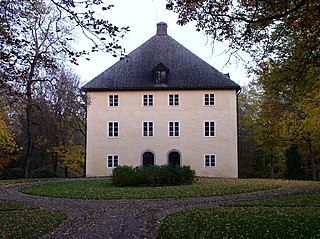
Kankainen Manor is a late medieval manor in Masku, Finland, located along a small river about one kilometre south of Masku town centre. Kankainen Manor is considered to be the oldest surviving residential building in Finland, as its oldest parts may be from the end of the 15th century. In 2009, the Finnish Heritage Agency defined it as one of Finland's nationally significant built cultural environments.

Mein Schiff 3 is a cruise ship owned by TUI Cruises, and the first custom new build for the cruise line. She was delivered from STX Finland Turku Shipyard on 22 May 2014 and was followed by identical sister ships, Mein Schiff 4 in 2015, Mein Schiff 5 in 2016, Mein Schiff 6 in 2017. In addition, Mein Schiff 1 and Mein Schiff 2 were confirmed on 1 July 2015, with deliveries set for 2018 and 2019.
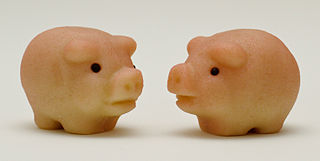
The marzipan pig is a traditional German, Dutch, Belgian, and Scandinavian confectionery consisting of marzipan shaped as a pig.

Pinella was a restaurant in the Porthaninpuisto park in central Turku, Finland, next to the Turku Cathedral. The restaurant was run by Sunborn Group. Pinella was one of the oldest restaurants in Finland in terms of length of operation.
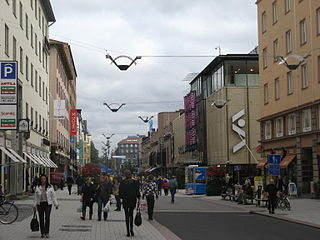
Yliopistonkatu is a 1,5-kilometer-long street located in the city center of Turku, Finland, running parallel to the Aura River, starting at Kutomonkatu and ending at Koulukatu. Since 2001, the part of Yliopistonkatu between Aurakatu and Humalistonkatu, which is about four hundred meters long, has been a pedestrian street. The area of the current pedestrian street has been Turku's Christmas street since 1948. The Turku Market Square is also located along Yliopistonkatu.
References
- 1 2 "Alvar Gullichsen (1961–) Posankka". Wäinö Aaltosen Museo. Archived from the original on 2011-09-28.
- ↑ Heli Peltoniemi (2010-12-17). "Hiippalakki kruunasi Posankan joulun" (in Finnish). Turun Sanomat. Archived from the original on 2011-07-17. Retrieved 2010-12-17.
- ↑ "Posankan vappu alkoi etukenossa". 23 April 2012.